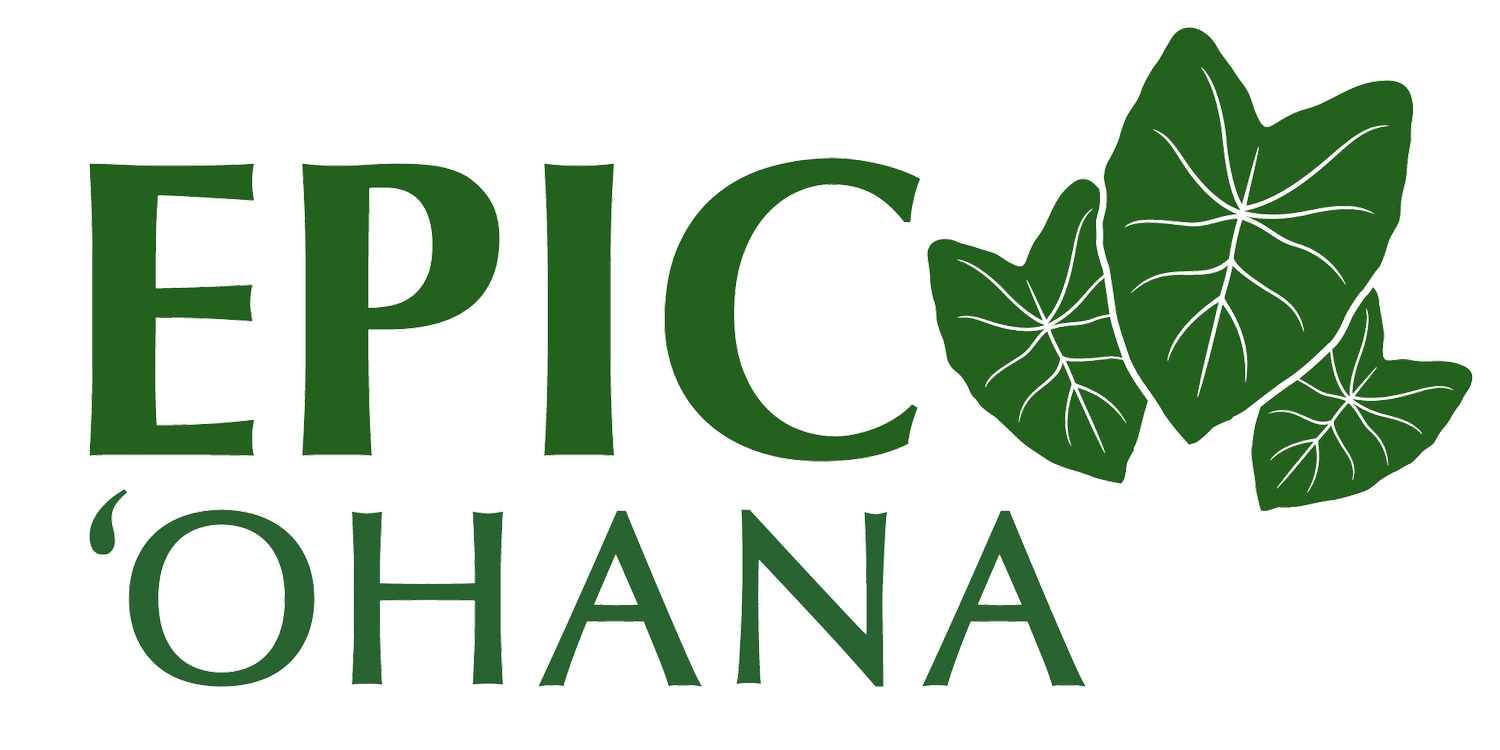October 2023 Staff Corner - Jeanne Hamilton
How has Nā Kama a Hāloa contributed to change?
People who participate in the Nā Kama work bring a wide variety of experiences and perspectives. One may be a cultural practitioner. One may be a person whose experiences include homelessness or substance abuse and children placed into foster care. One may be a leader in a state agency or a nonprofit agency. One may be a frontline worker who works every day with families or young people.
Nā Kama is a collaborative innovation. We deliberately engage people from different parts of child welfare and people grounded in the Native Hawaiian community. The multiple perspectives help us to create new understanding, practices and policies in our child welfare work in Hawaiʻi.
We strive to share power. Child welfare in the U.S. is rooted in a Western perspective. In Nā Kama, we share power with a Native Hawaiian cultural perspective, and this shapes our way forward. We also share power with parents and young adults with lived experience in child welfare, and their insights give us new ways to work.
At its best, Nā Kama cultivates a personal and collective agency. Alignment on our current vision – “We have reimagined and transformed child welfare so that it is grounded in Native Hawaiian culture and values and is sustained in deep positive relationships that heal and strengthen ourselves, our ‘ohana, and our communities” expresses the intentionality of our work.
The inclusive orientation of this network distributes power and has a decentering effect. Decisionmaking can occur closest to where the work is being done. This ranges from direct engagement with youth and families, to trainings for staff, to resource allocation decisions, to wherever each person who is engaged in the work.
As a systems change effort, Nā Kama helps to shift the narrative from what “they” should or should not do. The “they” may vary and may refer to social workers, or families, or leadership. We shift to consideration of what we should do and to what each one of us should and can do within our work. This shows up in many areas: engaging Native Hawaiian parents and youth, decision-making in assessments and planning, providing services, use of resources, and more. Nā Kama creates and holds the space to support and model the growth of collective and personal agency.

